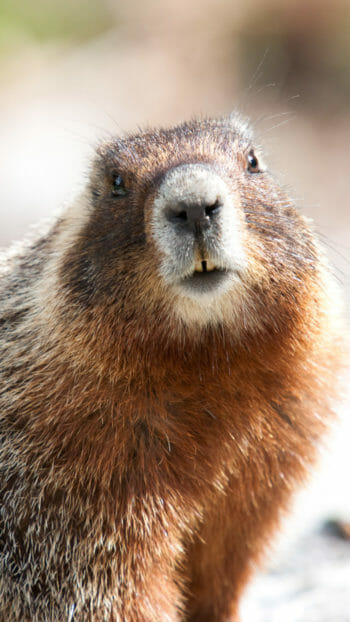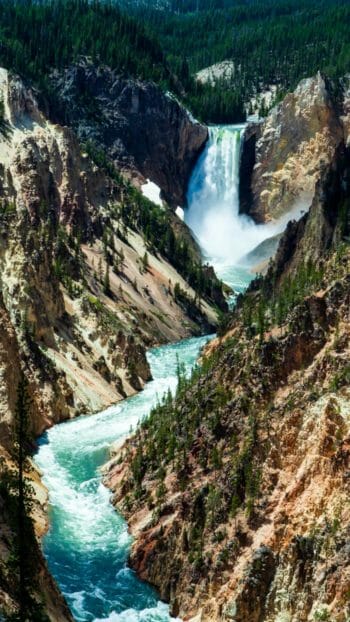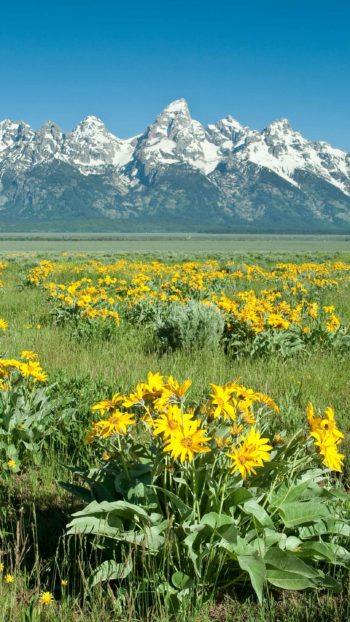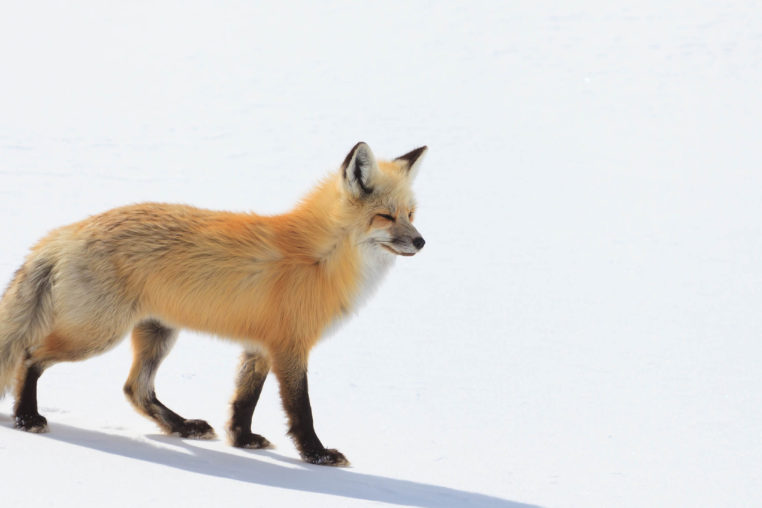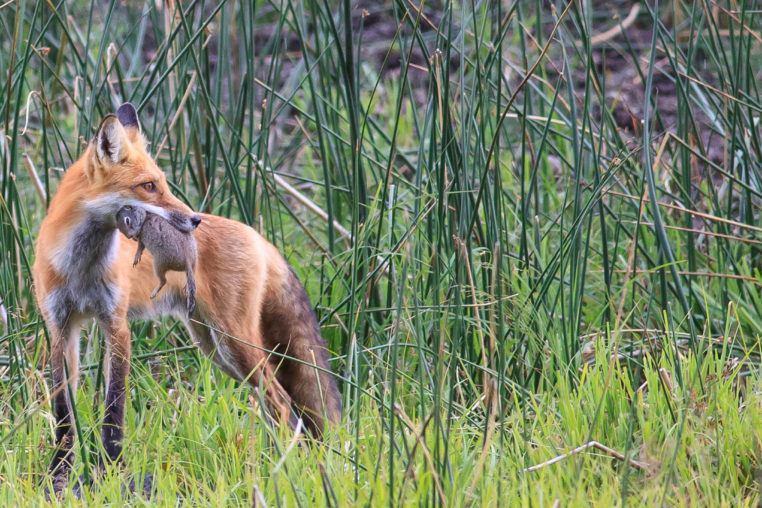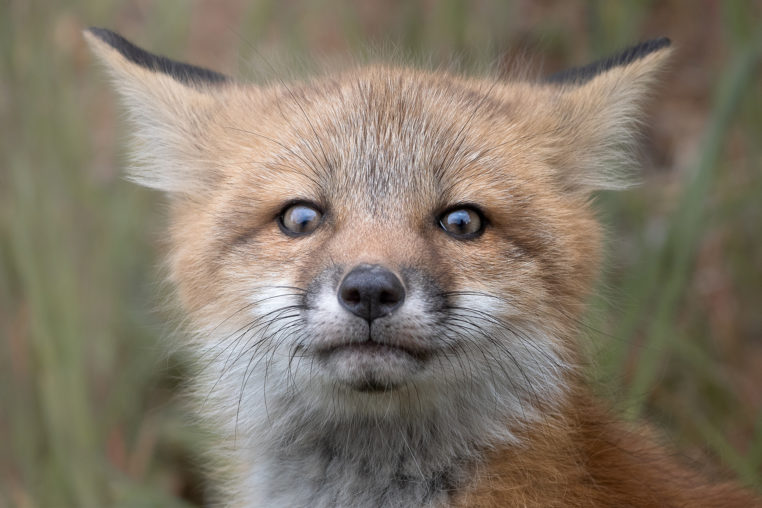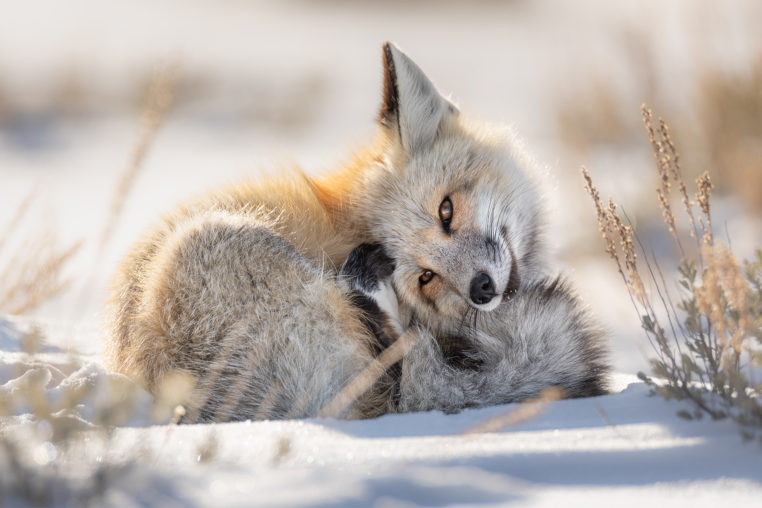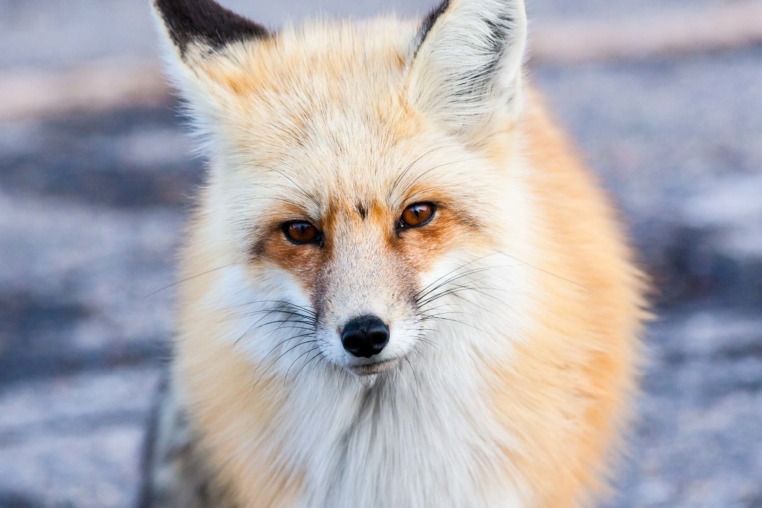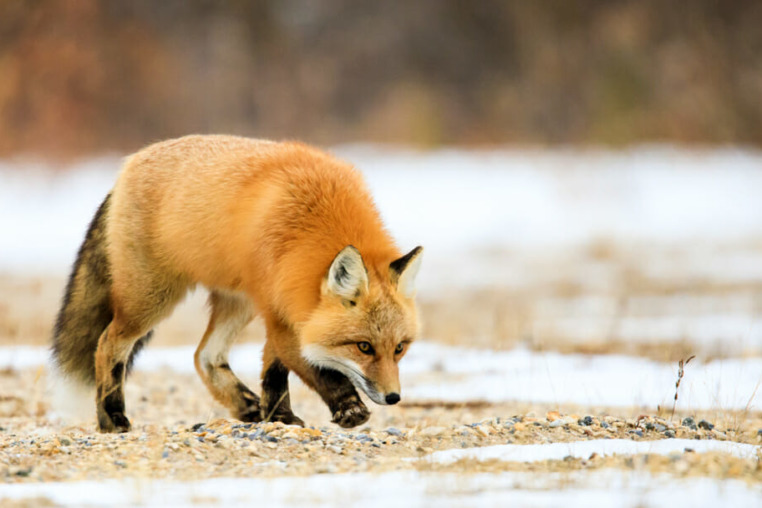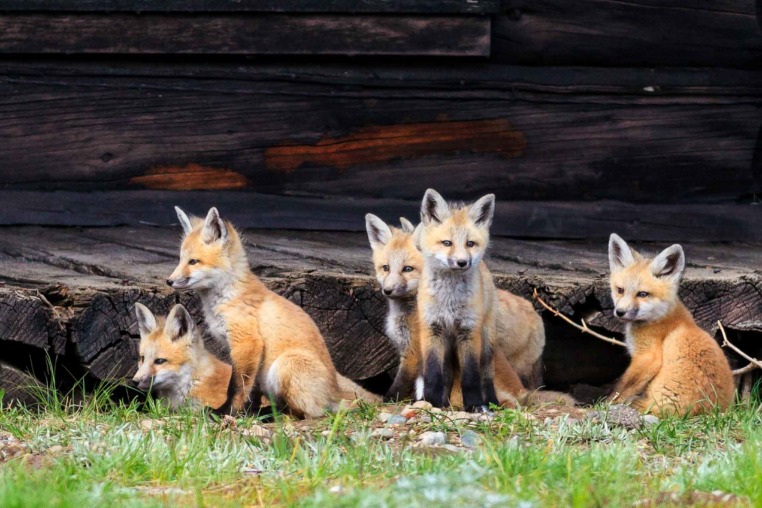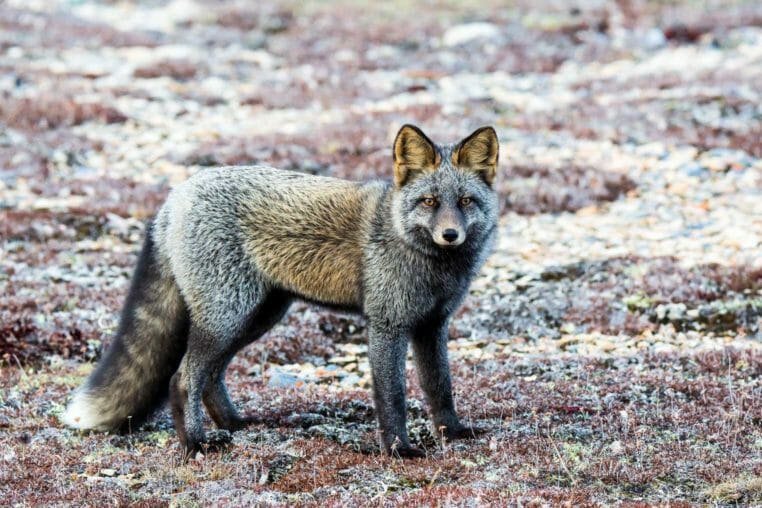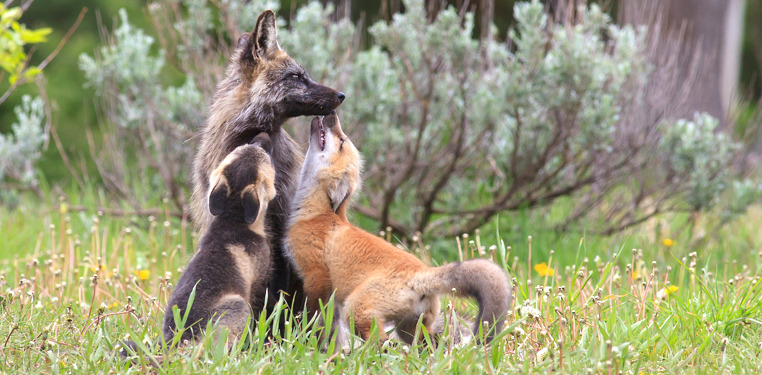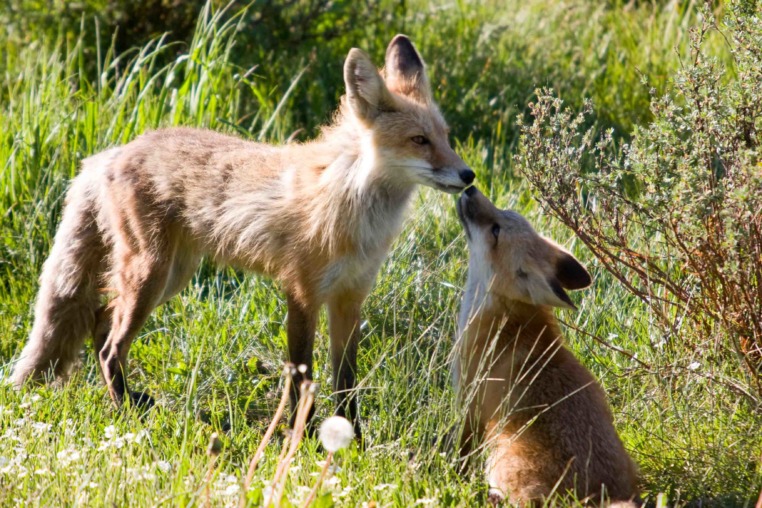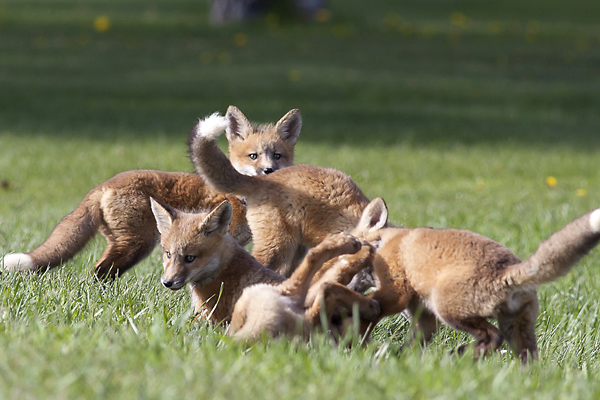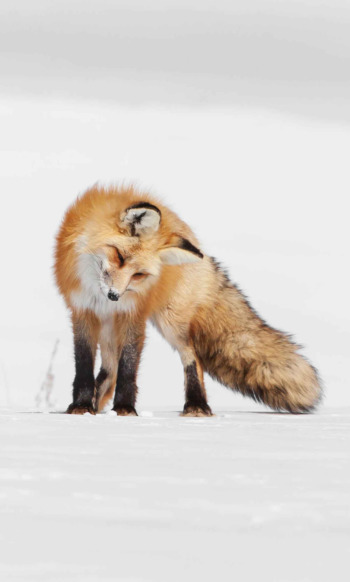
Vulpes vulpes
Red foxes are a beautiful animal to find in Grand Teton and Yellowstone National Parks. The smallest of our three canine species, they are very charming to observe as they hunt for rodents under snow and soil. The only species of fox present in the Greater Yellowstone Ecosystem is the red fox, but they can have highly variable coat colors that range from light blonde to black! Females (vixens) weigh about 10 pounds with males (dogs) weighing slightly more at 11-12 pounds.
Wildlife Viewing
- Yellowstone
- Grand Teton
- Jackson Hole
Book Online
Watch For Wildlife On These Tours
About
Diet
A true opportunist, the red fox is an omnivore that spends much of its time hunting for rodents such as mice, voles, and pocket gophers, while also consuming resources like berries, insects, seeds and nuts. They have been known to rummage around human trash and picnic areas, making them vulnerable to habituation. Human food can be dangerous to them, but ultimately if the park notices a fox displaying behaviors that suggest it has been fed by humans in the past and is searching for more, it may lead to the fox’s euthanasia. Foxes can carry rabies and transmit it to humans, and that risk gets higher the more habituated a fox becomes. This is why you will see many signs around the parks asking visitors not to feed the foxes.
Watching them hunt can be a thrill, especially when there is a blanket of snow. Their hearing is incredibly sensitive and they can locate rodents moving around underneath. They will stand completely still to avoid giving away their location to their prey, and they’ll tilt their heads so their large, sharp ears can locate the sounds exactly. Once they’re confident in their judgment, they will leap into the air and land face first in the snow! If they judged accurately, the fox will surface with a prize. They may need to repeat this aerial attack several times until they are successful showing true determination.
(Mostly) Monogamous
While foxes are solitary hunters and generally seen on their own, they live in family groups. Both parents are active in raising the kits and are known to be socially monogamous. This means that while they may mate with other foxes, they stay together as partners for life. Their mating season is around January, and they will have about four to five kits in a litter.
When and Where are the Best Times to See Foxes?
Foxes are more nocturnal than their other canid relatives, although they can still be seen during the day, particularly during winter. They increase their activity during dawn and dusk and generally prefer habitats closer to forested areas rather than wide open sagebrush. In late April and May they may be seen more frequently as they must forage more to feed their newborn kits.
FAQs
What species of fox can be found in Yellowstone and Grand Teton National Parks?
The red fox is the only fox species that lives in the Greater Yellowstone Ecosystem. Despite the name, their coats vary widely in color—from pale blonde to deep red, gray, or even black.
What do red foxes eat in Yellowstone?
Red foxes are omnivores and opportunistic hunters. Their diet includes rodents such as mice and voles, as well as insects, berries, nuts, seeds, and the occasional carrion. They may scavenge near human areas, but feeding foxes is dangerous and can lead to them being euthanized for visitor safety.
How do red foxes hunt under the snow?
Foxes use their extraordinary hearing to detect rodents tunneling beneath the snow. Once they pinpoint movement, they perform a signature leap—springing into the air and diving headfirst into the snow to catch their prey.
When is the best time of year to see foxes in Yellowstone and Grand Teton?
Foxes are visible year-round, but sightings increase in winter and spring. In winter, their hunting behavior is easier to spot against snowy landscapes, and in late April and May, adults are especially active while foraging to feed their newborn kits.
Are red foxes dangerous to humans?
Red foxes are generally shy and avoid people, but they can carry rabies and other diseases. The greatest risk comes when they become habituated to human food. Visitors should never feed foxes, as habituation not only endangers people but also puts the animals at risk of being removed from the park.
Further Reading
Jackson Hole Wildlife
Jul 12, 2024
Thanks to the range of different habitats that scatter across the sprawling valley, there is a plethora of wildlife to be found. The forests house woodland creatures like foxes, mule deer, black bears, pine martens, and elk.
A Month by Month Guide to Grand Teton National Park
Jun 21, 2024
Each and every month has something special to note, meaning that no matter what season you visit will be a special time. Use this guide to determine what time of year aligns best with what your interests and goals are.

